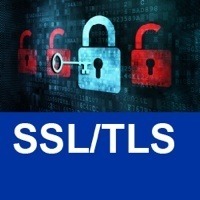 If you’re looking for background information on how Public Key Infrastructures (PKIs) and Certificate Authorities (CA) support secure and private communication on the Internet, then Deploy360 has just published an overview of how these mechanisms work and how they are deployed.
If you’re looking for background information on how Public Key Infrastructures (PKIs) and Certificate Authorities (CA) support secure and private communication on the Internet, then Deploy360 has just published an overview of how these mechanisms work and how they are deployed.
There are several commonly used mechanisms for supporting secure and private communication, transaction protection and identity assertion and management. These include the so-called Internet PKI commonly used for secure web browsing but which can be used for other applications, PKI for e-mail, RPKI used by Regional Internet Registries to assert the holders of IP resources, and DNSSEC that can be used to validate DNS queries. DANE is a new protocol that uses DNSSEC to allow owners to assert their own digital certificates, and therefore potentially incorporate the functionality of the Internet PKI into the global DNS.
The Introduction to PKIs & CAs includes the following topics:
- What is a Public Key Infrastructure?
- How does Public Key cryptography work?
- Why should I care about PKIs?
- What is a CA?
- How do I establish a publicly trusted CA?
- What do I need to worry about?
- What is RPKI?
- What is DNSSEC?
